- Mondo Vino
- 10008 views

Compared with organic wine, biodynamic wine does not currently have any legislation in this area. If organic wine follows the rules of organic farming, biodynamic wine follows the principles of biodynamic agriculture, certified by the Demeter association. The basic logic of biodynamic agriculture is to respect Nature as much as possible, following the pace of its cycles and often exploiting some concepts related to the phases of the moon and other natural elements. The preparations are also exclusively of natural origin and are produced/used at certain times of the year. The production of these wines therefore provides a deep bond with nature and great respect for its rhythms. Biodynamic production does not only stop in the vineyard, but obviously also continues in the cellar. Here too, one of the aspects on which producers rely (at least on the general public, as a variable to understand the naturalness and quality of a wine) is the amount of sulphur dioxide that can be used: 70 mg/l in red wines, 90 mg/l in white wines and 60 mg/l in sparkling wines. A small amount compared to organic wines.
And in natural wines? As with biodynamic wines, there is no legislation for the sector. Natural wines are produced according to regulations drawn up and shared by producer associations. The most authoritative in Italy are VinNatur and the Viniveri Consortium. As is easy to guess, natural wines are made without chemical additives or manipulations or additions by humans. To better understand the limitations and the method of production, we take some excerpts extracted from the VinNatur specification: The wine produced is free from any type of pesticide Organic fertilizers (ripe manure, vegetable compost) or "green" (sovesci, cover crop) Manual harvestIng of resistant vines (not derived from cisgenesis or other genetic technologies) Use of products of natural derivation, zero residue, such as plant extracts, algae, propolis, fungi or antagonistic microorganisms that allow to reduce the use of copper and sulfur products, with the aim of eliminating them completely under favorable conditions Mechanical harvesting, the use of chemical insecticides and mineral or chemical fertilizers is not allowed. The hard work then proceeds in the cellar, where the fermentation is exclusivelyspontaneous, with the use of indigenous yeasts, therefore already present in grapes and winemaking environments. And here too, we have the inevitable limitation of sulphur dioxide, the only additive allowed. Bottled wine must have a total quantity of sulphur dioxide not exceeding 50 mg/litre for white, sparkling, sparkling, rosé and sweet wines and not more than 30 mg/litre for red wines, i.e. even more stringent than biodynamic wines.
Related products


Premi e Riconoscimenti
Questo prodotto ha ottenuto uno o più premi/riconoscimenti dalle riviste o esperti del settore
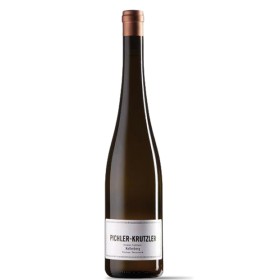
- -10%


Premi e Riconoscimenti
Questo prodotto ha ottenuto uno o più premi/riconoscimenti dalle riviste o esperti del settore
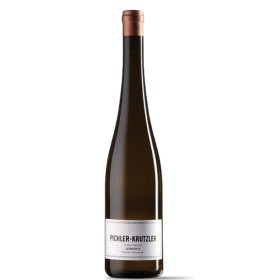
- -20%


Premi e Riconoscimenti
Questo prodotto ha ottenuto uno o più premi/riconoscimenti dalle riviste o esperti del settore
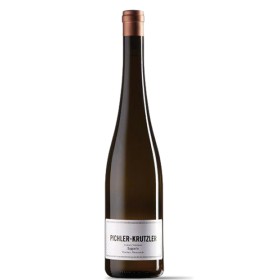
- -10%


Premi e Riconoscimenti
Questo prodotto ha ottenuto uno o più premi/riconoscimenti dalle riviste o esperti del settore
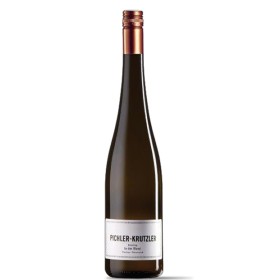
- -20%


Premi e Riconoscimenti
Questo prodotto ha ottenuto uno o più premi/riconoscimenti dalle riviste o esperti del settore
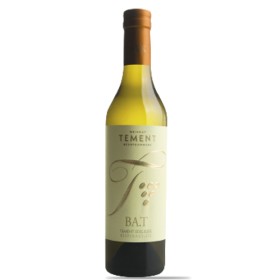
- -30%

